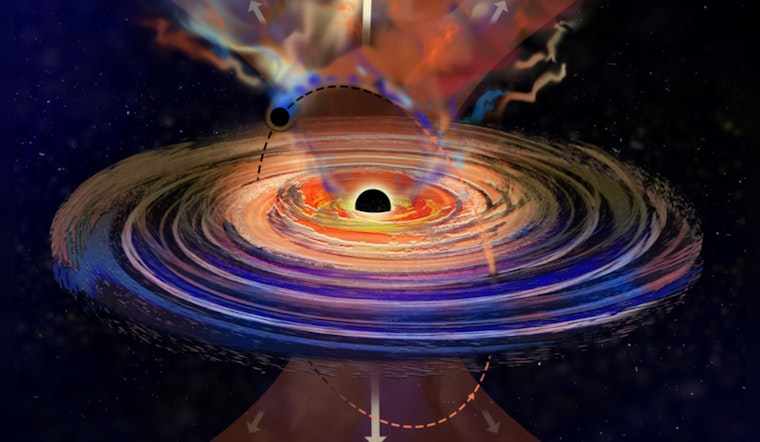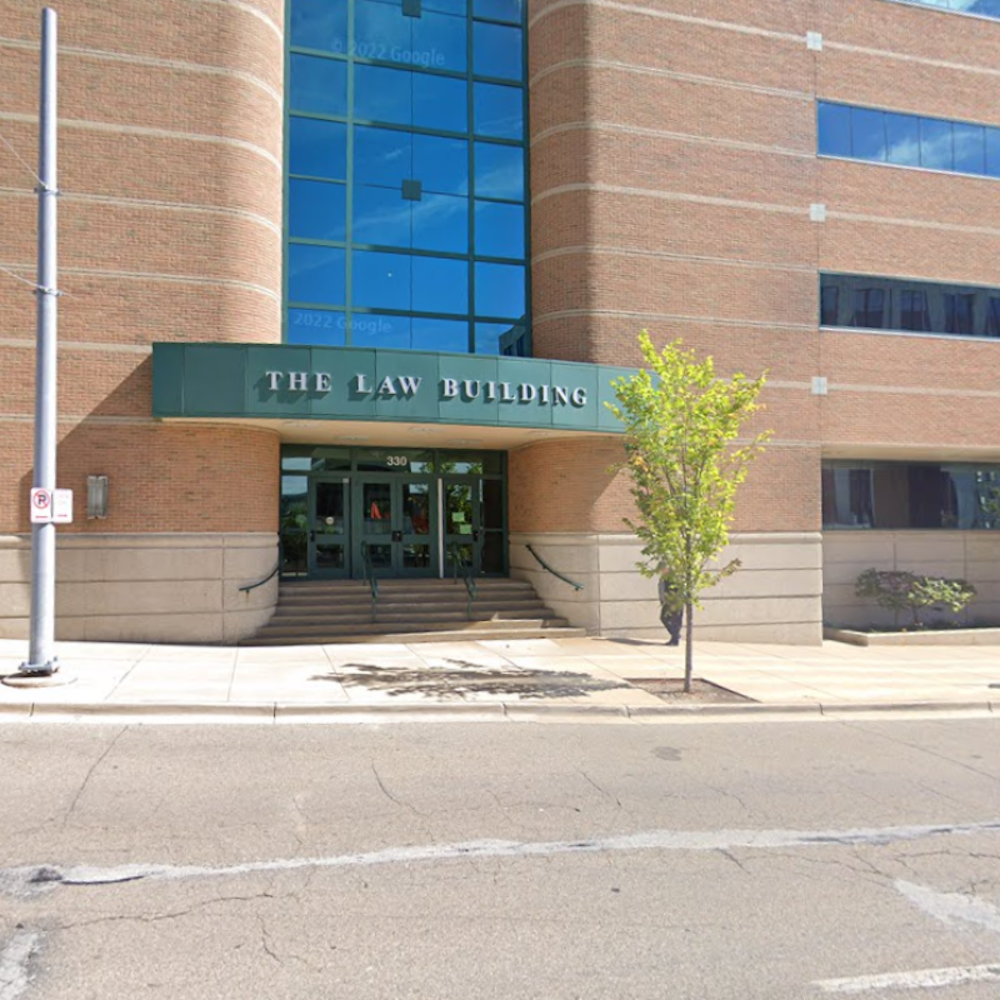
In what's being called an astronomy game changer, scientists have discovered a supermassive black hole 800 million light-years away, behaving like none other observed before. This cosmic giant has begun exhibiting regular "hiccups," releasing massive plumes of gas every 8.5 days before returning to its usual dormant state.
This startling observation has led astronomers to believe that the disruptions could be caused by a second smaller black hole that orbits the primary, periodically pulling material from its accretion disk. The findings, which appeared in Science Advances, are reshaping our understanding of black holes and their surroundings. "We thought we knew a lot about black holes, but this is telling us there are a lot more things they can do," Dheeraj “DJ” Pasham, a research scientist from MIT’s Kavli Institute for Astrophysics and Space Research, told MIT News.
The data stems from a coordinated effort by a network of 20 robotic telescopes called ASAS-SN, which caught an unusual burst of light in December 2020. After MIT's Pasham zeroed in on the flare using NASA's NICER telescope, the phenomenon saw a detailed high-cadence scrutiny that unveiled a peculiar pattern of X-ray emissions. This pattern did not align with standard black hole models and spurred excitement within the scientific community.
The black hole's new-found appetites and their unusual interval led to collaboration with Czech theorists who had predicted such behavior. Simulations with the observed data affirmed the likelihood of a secondary black hole punching through the primary's disk and creating discernible, periodic signals. "This is a different beast," Pasham remarked on the discovery, emphasizing the complexity of the systems surrounding black holes. The events offer a new lens into the dynamics of galactic nuclei and potential gravitational wave research, as acknowledged by experts like Richard Saxton from ESAC in Madrid.
Before the tidal disruption event that resulted in the pronounced outburst, the galaxy's central black hole — calculated to have a mass of some 50 million suns — was comparatively serene. The event has raised prospects for similar discoveries, suggesting a universe littered with these David-and-Goliath-like systems waiting to be found. Backed partly by NASA, the research stands to redefine our gaze into the deep, dark cosmos, indicating that what was once thought quiet and predictable might actually be vibrant with activity and interaction.









